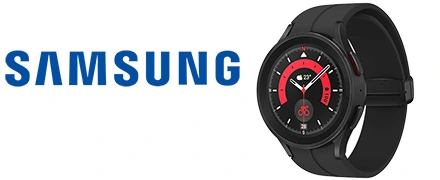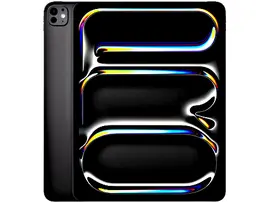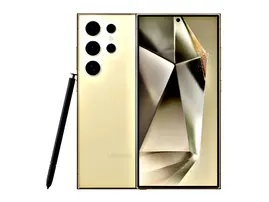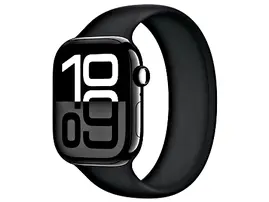battery. Its regulator (time-measuring
device) is a quartz crystal. An electrical
(32,768 times per second). This gives the
made in Switzerland. They are also
shocks and magnetic fields.
two years.
(EOL). When the battery shows signs of
seconds. However, the movement
the battery is exhausted.
01 WATER-RESISTANCE
The water-resistance of a sports watch
protects the components, reduces the
need for servicing and prolongs the life of
the movement. TAG Heuer performs tests
on 100% of its production, in water and
under pressure. The professional diving
chronograph, the Aquaracer 500M, must
also pass a special test to verify that its
push-buttons are water-resistant and
operational down to 500m. This procedure
has required specific testing equipment
to be created.
02 RESISTANCE TO U.V. AGEING
Heat and light often have an adverse
effect on plastics, varnishes and leather.
The TAG Heuer quality laboratory carries
out stringent tests to verify the stability of
these materials over time: they are
exposed to the equivalent of strong
summer sunlight for three full days.
This ensures that all the materials used are
highly reliable at all latitudes and in all
seasons.
03 EXTREME TEMPERATURE RESISTANCE
The temperature of a watch exposed to
the sun for a long period can exceed 40°C,
while in winter it can fall below zero. For
this reason, individual components as well
as complete watches are tested,
particularly in tropical conditions, to ensure
they will function correctly and accurately
between 0°C and 50°C.
04 RESISTANCE TO THE EXTERNAL ENVIRONMENT
Chlorine, sulphur, perspiration and sea salt
can attack the materials in a watch or
reduce the mobility of certain components.
TAG Heuer carries out tests on cases,
crowns, metal bracelets, as well as leather
and rubber straps, to ensure that they are
resistant to potentially damaging elements
and have no effect on the skin. Only
materials that meet the brand’s standards
are approved for use.
05 TRACTION-RESISTANCE
Simply putting on and taking off a watch
causes wear and tear on the buckle of a
leather strap or the clasp of a metal
bracelet. TAG Heuer submits buckles and
clasps to a traction of 15-20 kg over
5,000 cycles, followed by twisting under
tension. No component must show any
signs of permanent deformation or tearing.
06 VIBRATION-RESISTANCE
In a Formula 1 car, on a motor-bike or on a
mountain bike, wristwatches are subjected
to brief, repetitive movements and intense
vibration. To test the robustness, precision a
nd integrity of its watches under these
conditions, TAG Heuer has developed
a machine that reproduces this vibration at a
level well above normal. The test must not
affect the operation of the watch, its
components, bracelet and screws, nor
reveal any sign of fatigue.
07 SHOCK-RESISTANCE
In everyday life or when playing a sport
it is easy to forget that you are wearing a
watch on your wrist. It only takes a
sudden quick movement and the watch
can hit something hard. To avoid watches
suffering such shocks, TAG Heuer carries
out rigorous tests on machines that
reproduce the shock waves of a significant
impact. The watch being tested must not
show any signs of mechanical damage.
08 RESISTANCE TO WEAR AND TEAR
All watch functions are subjected to tests
that reproduce not only a wearer’s
everyday movements but also typical
accidents. The turning bezel, crown and
push-buttons undergo more than 5,000
testing cycles, equivalent to several years
of use in normal conditions.
09 FRICTION-RESISTANCE
TAG Heuer watches are intended to
accompany their owner through all life’s
adventures. For this reason, the brand
carries out accelerated wear tests on
cases and bracelets so that, if necessary,
the coating of a case or a metal bracelet
can be modified to increase its resistance
to friction.
10 ANALYSIS OF MATERIALS AND METAL PLATING
All alloys and decorative plating in
precious metals are systematically tested.
Fluorescence X analysis tests the content
of precious elements (carats) and plating
thickness. Tests are carried out separately
and in tandem to obtain a realistic picture
of what the watch is subjected to on a
daily basis. This procedure is entirely new
in watchmaking.






































